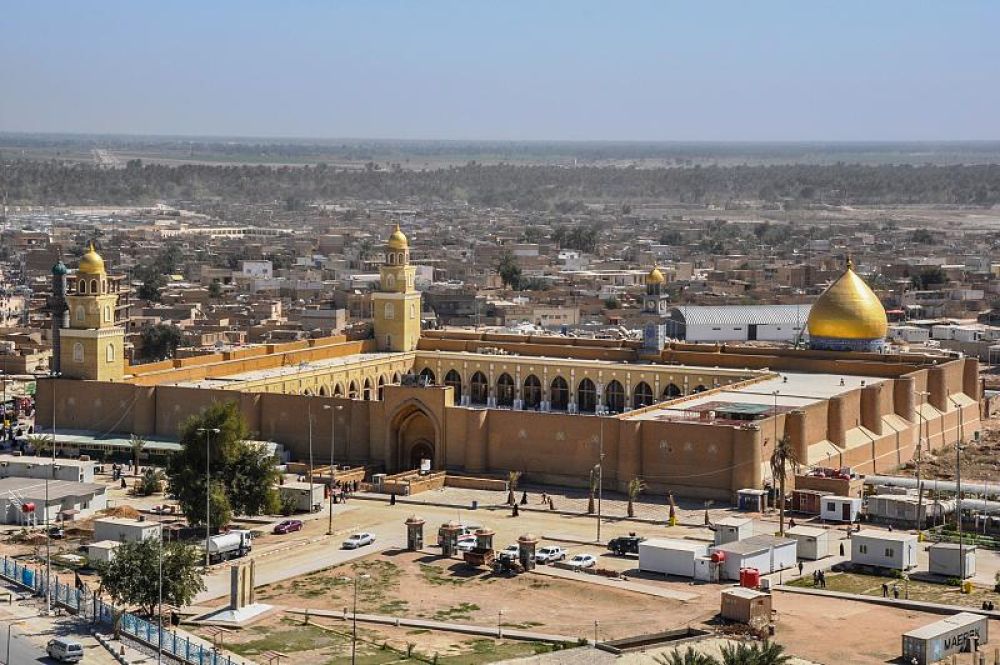

The Great Mosque of Kufa in Najaf, Iraq, is one of the most significant mosques in the Islamic world, having historical importance for Muslims. The optimal time to plan a visit to this ancient mosque is during the spring (March to May) or autumn (September to November). During these months, the temperatures in Najaf are relatively mild, making outdoor activities more manageable and enjoyable. Tourists and pilgrims can explore the mosque's intricate architecture and connect with its spiritual significance without the extreme discomfort caused by the scorching heat that characterizes the region's summer months.
Moreover, visiting during these periods also avoids the peak of the summer, when temperatures can soar to very high levels, leading to potentially dangerous heat conditions. Additionally, although the mosque remains a year-round destination for religious pilgrims, visiting outside of major Islamic holidays or events can lead to a more peaceful experience, as the crowds will be smaller. However, for those who wish to experience the mosque during religious events, be prepared for larger crowds and plan accordingly. Always check local news and travel advisories before planning your visit, as the region can experience periods of political instability which could affect travel plans.
| Month | Min Temp | Max Temp |
|---|---|---|
| January | 4 °c | 18 °c |
| February | 7 °c | 22 °c |
| March | 12 °c | 27 °c |
| April | 17 °c | 33 °c |
| May | 24 °c | 39 °c |
| June | 26 °c | 44 °c |
| July | 29 °c | 46 °c |
| August | 28 °c | 46 °c |
| September | 24 °c | 43 °c |
| October | 18 °c | 36 °c |
| November | 12 °c | 27 °c |
| December | 7 °c | 20 °c |